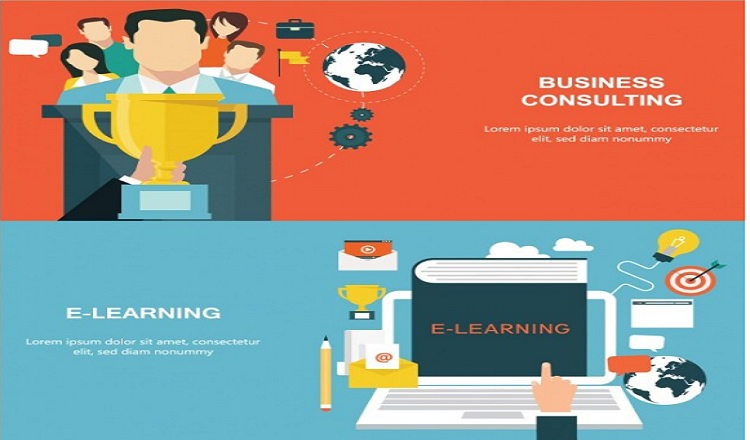Education is an important part of a person’s life, and people have always talked about it. In recent years, as technology has grown, e-learning platforms have made it easier for people to get an education. Before e-learning, the only way to learn was to go to classes in person. Even though e-learning is becoming more popular, many people still prefer to learn the old-fashioned way. In this piece, we’ll look at the pros and cons of both ways to figure out which is better.
Learning the Old Way
What Does Traditional Learning Mean?
Traditional learning means that students go to classes in person in a real classroom. Students sit in classrooms and learn from a teacher in this way. The important thing about traditional learning is that students and teachers interact with each other in person.
Advantages of Learning the Old Way
Meeting people face-to-face
One of the best things about standard learning is the chance to talk to teachers and other students in person. Students can ask questions, get help with things they don’t understand, and get answers in real time. Getting to know people in person also helps build a sense of community, which is important for learning.
Schedules and Rules
Traditional learning gives students a schedule and framework that can help them learn to be responsible and follow rules. The regular routine of classes, homework, and tests helps students learn to be responsible and prepares them for their future jobs.
Learn by doing.
Through labs, practical workshops, and fieldwork, traditional learning gives people a chance to learn by doing. Students get to use what they’ve learned in class in the real world, which helps them understand the subject better.
Traditional learning has some problems, such as limited access to courses and resources.
Students can only learn in physical classrooms, which limits the courses and tools they can use. Students may have to travel a long way to get to class, and based on where they go, the quality of education can vary.
Set timetable
In traditional learning, there is a strict plan that students must follow, no matter what their own needs or situations are. Students may have to give up other responsibilities or hobbies so they can go to class, which can be bad for their mental health and drive.
All sizes are the same
Traditional learning uses a set programme that doesn’t take into account how different students learn. It can be hard for students who learn at different speeds or who need more one-on-one help.
E-Learning
What Does E-Learning Mean?
E-learning is the process of learning with the help of digital tools and systems. It lets students learn at their own pace, at their own time, and in their own place, without having to talk to teachers or other students in person.
Pros of online learning
Easy to use and flexible
E-learning makes it easy and flexible for students to learn at their own pace and in their own time and place. It gets rid of the need for students to travel to classes and lets them study while also taking care of other things.
Courses and materials are easy to get to
E-learning lets students access a wide range of courses and tools from anywhere in the world. It gives kids the chance to learn from the best teachers no matter where they live.
Learning That Fits You
Through adaptive learning tools, e-learning lets students learn in their own way. These tools figure out what students are good at and what they need help with, and then they make learning paths that fit their needs.
Cons of e-learning: lack of face-to-face contact
Students and teachers don’t get to talk to each other as much in e-learning, which can make it harder to learn. Students may find it hard to ask questions or clear up worries in real time.
Using technology too much
E-learning depends a lot on technology, which can be a problem in places where the infrastructure isn’t as good. Technology problems, computer crashes, and internet outages can all make it hard to learn.
Not following rules
Students must be self-disciplined and take responsibility for their own learning when they use e-learning. If a student doesn’t have the drive or self-discipline to keep learning, it can be hard for them to do so.
Which is better: learning online or learning the old way?
Whether you choose traditional learning or e-learning relies on your preferences, circumstances, and learning needs. Both ways have pros and cons, and it’s important to think about them both before making a choice. Traditional learning is good for students who like to talk to teachers and other students face-to-face and need a structured setting to learn in. E-learning is good for students who want to learn in a way that is flexible, easy to access, and tailored to their needs. E-learning and traditional learning are both good ways to learn, but how well they work relies on the quality of the teaching, the resources available, and how well they are used.
Read more You May Like:

